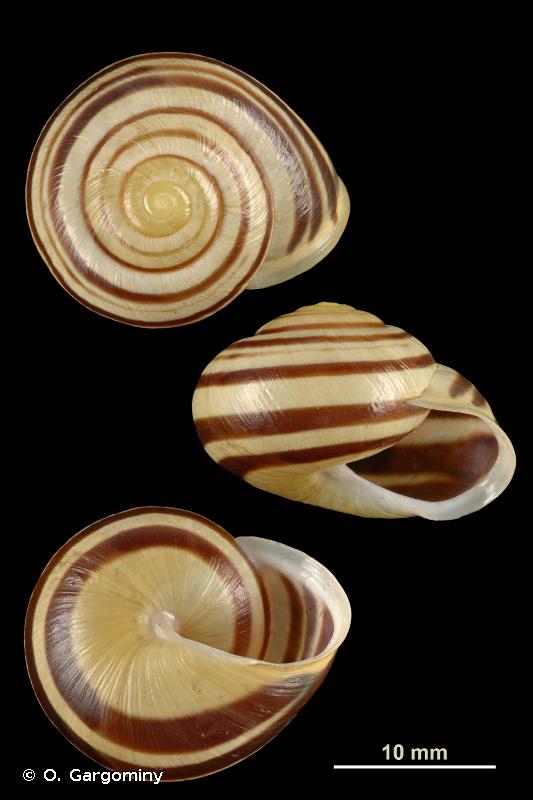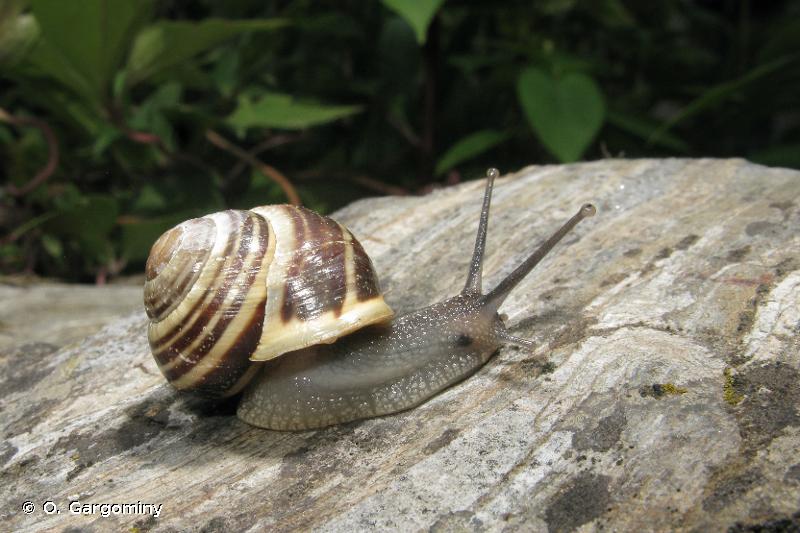
cd_nom

| Author : O. Gargominy |
 |
To get the picture, please visit:
Olivier Gargominy
Muséum national d'Histoire naturelle - Service du Patrimoine Naturel
36 rue Geoffroy Saint-Hilaire
75 231 PARIS CEDEX 05
mail : inpn@mnhn.fr
Despite the Creative Commons license, please inform the author of the use which will be made of his photo

| Author : O. Gargominy |
 |
To get the picture, please visit:
Olivier GargominyMuséum national d'Histoire naturelle - Service du Patrimoine Naturel36 rue Geoffroy Saint-Hilaire75 231 PARIS CEDEX 05mail : inpn@mnhn.fr
Despite the Creative Commons license, please inform the author of the use which will be made of his photo

| Author : O. Gargominy |
 |
To get the picture, please visit:
Olivier GargominyMuséum national d'Histoire naturelle - Service du Patrimoine Naturel36 rue Geoffroy Saint-Hilaire75 231 PARIS CEDEX 05mail : inpn@mnhn.fr
Despite the Creative Commons license, please inform the author of the use which will be made of his photo
Taille :
Relativement variable, dimension moyenne de la coquille : largeur de 14 à 21 mm, hauteur 10 à 17 mm.
Diagnose :
Coquille globuleuse conique à enroulement dextre fortement calcifiée avec 5 à 5 ½ tours de spires faiblement convexes et s'élargissant rapidement et régulièrement. La surface de la coquille présente des stries de croissance faiblement marquées et irrégulières donnant un aspect lisse à celle-ci. Ouverture avec un péristome épaissi régulièrement de couleur blanche (rarement brun). L'ombilic est absent, totalement obstrué par le péristome. Coloration de base jaune brillant à motif très variable, bandes souvent confondues mais rarement absentes. La quatrième bande est souvent plus large.
Espèces proches :
C. nemoralis présente habituellement un péristome de couleur brune et une coquille généralement plus déprimée. L'étude du dard est parfois nécessaire pour différencier les deux espèces. C. sylvatica : présente une coquille plus grande avec les deux premières bandes interrompues en pointillé et un péristome coloré.
Biologie-éthologie :
Se retrouve dans des milieux très divers: bois, prairies, lisières, haies, dunes, mais généralement dans les milieux plus humides ou plus froid que C. nemoralis avec lequel il cohabite souvent. Atteint plus de 2000m dans les Alpes.
Biogéographique :
Espèce d'Europe de l'Ouest et de Méditerranée. L'espèce est largement répandue en France mais plus rare dans le Sud et l'Ouest.
D'après: Kerney, M. P. & Cameron, R. A. D. 1999. Guide des escargots et limaces d'Europe. Identification et biologie de plus de 300 espèces. Adaptation française par A. Bertrand. Les guides du Naturaliste. Delachaux & Niestlé, Lausanne et Paris. 370 pp., 28 pl.
L. Léonard(UMS 2006 Patrimoine Naturel (AFB / CNRS / MNHN)),2016
Continental
Metropolitan France
Overseas
Marine
Metropolitan France
Overseas
The map presents a summary at the 10 x 10 km grid of the observation data for the species transmitted to the SINP. These data have been subjected to validation filters.
The map presents a reference distribution layer of the species at the scale of departments and marine sectors. The presence and absence data were established by expertise within a network of partners. This reference distribution is used in the validation process of the SINP data at the INPN level.
Corresponds to a report on the basis of at least one observation proved within a period of 10 years (20 years for little-known invertebrates) preceding the year and no presumption of extinction since obtaining the last data nor doubt on reproductive and implemented nature of this population. For migratory species, the presence indicated concerns areas of reproduction.
This status is based on one or more of the following criteria:
This point covers the absence, more difficult by nature to demonstrate than presence. This status is based on one or more of the following criteria:
This status must be assigned to a department in which the presence of the species is casual.
Particular case of absence due to a proven extinction less than a half century ago (older disappearances are treated as "no probable or definite").
In the state of knowledge, we can not comment on the presence or absence in the current department. This is the default status when not comprised in one of the previous categories or whenever there is doubt.
The map shows the global distribution of the species based on GBIF data (Global Biodiversity Information Facility).
